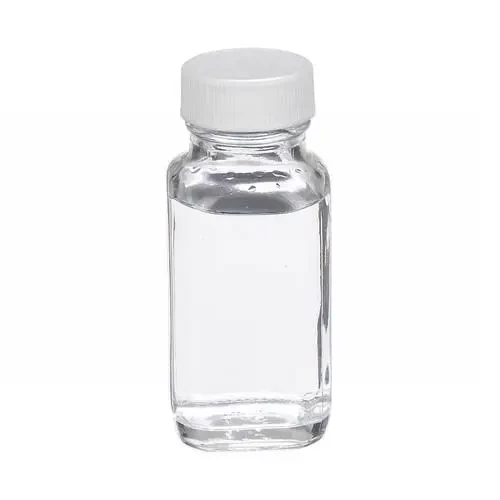What Chemical is Used for Water Treatment?
Water treatment is a crucial process in ensuring the safety and quality of the water supply for human consumption, agriculture, industrial use, and environmental protection. Various chemicals are utilized in this process, each serving specific functions to remove contaminants, disinfection, and improve water aesthetics. This article explores the key chemicals used in water treatment and their roles.
One of the most commonly used chemicals in water treatment is chlorine. Chlorination is a well-established method for disinfection, effectively eliminating harmful bacteria, viruses, and other pathogens from water supplies. Chlorine gas, sodium hypochlorite, and calcium hypochlorite are the primary forms employed in disinfection processes. The introduction of chlorine allows for the formation of chloramines—compounds that provide residual disinfection and continue to protect water as it travels through the distribution system. However, while chlorine is effective, it can also react with organic materials in the water, forming potentially harmful byproducts known as trihalomethanes (THMs), necessitating the careful management of chlorine dosing.
Another important chemical is coagulant agents, such as alum (aluminum sulfate) and ferric chloride. These chemicals are used in the coagulation and flocculation stages of water treatment. Coagulants destabilize colloidal particles in water, allowing them to clump together and form larger aggregates known as flocs. This reaction helps to remove suspended solids, turbidity, and other impurities effectively. The flocs can then be easily removed through sedimentation or filtration, significantly improving water clarity and quality.
In addition to coagulants, flocculants are often applied to enhance the aggregation of particles. Polymers are commonly used as flocculants, further promoting the formation of larger flocs that settle quickly, thus expediting the water treatment process. The combination of coagulants and flocculants is vital for achieving optimal solid removal efficiencies.
what chemical is used for water treatment

Another chemical that plays a critical role in water treatment is ozone. Ozone treatment is increasingly used as an alternative disinfection method, particularly in situations where chlorine may produce harmful byproducts or in processes requiring a high level of disinfection. Ozone is a powerful oxidizing agent that can effectively oxidize a wide range of contaminants, including persistent organic compounds, microplastics, and some chemical pollutants. However, ozone must be generated on-site due to its unstable nature and presents additional operational challenges compared to traditional disinfection methods.
Furthermore, lime (calcium hydroxide) is frequently used in water treatment to adjust pH levels. Maintaining appropriate pH levels is essential for effective coagulation and disinfection. If water is too acidic or alkaline, it can hinder the effectiveness of other treatment chemicals, lead to pipeline corrosion, or affect water quality. Thus, lime not only aids in pH adjustment but also acts as a precipitating agent for certain contaminants, further contributing to water purification.
Finally, activated carbon is an essential component in water treatment for the removal of organic compounds, taste, and odor. It is often employed in granular form or as powdered activated carbon in conjunction with other treatment processes. Activated carbon adsorption is highly effective in removing substances that chlorine may not address, offering a complementary treatment step that enhances the overall water quality.
In conclusion, the chemistry of water treatment is complex and multifaceted, requiring a careful selection of chemicals based on water quality goals and regulatory standards. Chlorine, coagulants, flocculants, ozone, lime, and activated carbon are among the key chemicals utilized in modern water treatment processes. Each plays a specific role in ensuring that water is safe, clean, and palatable for different uses. As water scarcity and quality challenges continue to grow worldwide, advancements in chemistry and technology will remain vital in meeting the needs of our evolving societies.

